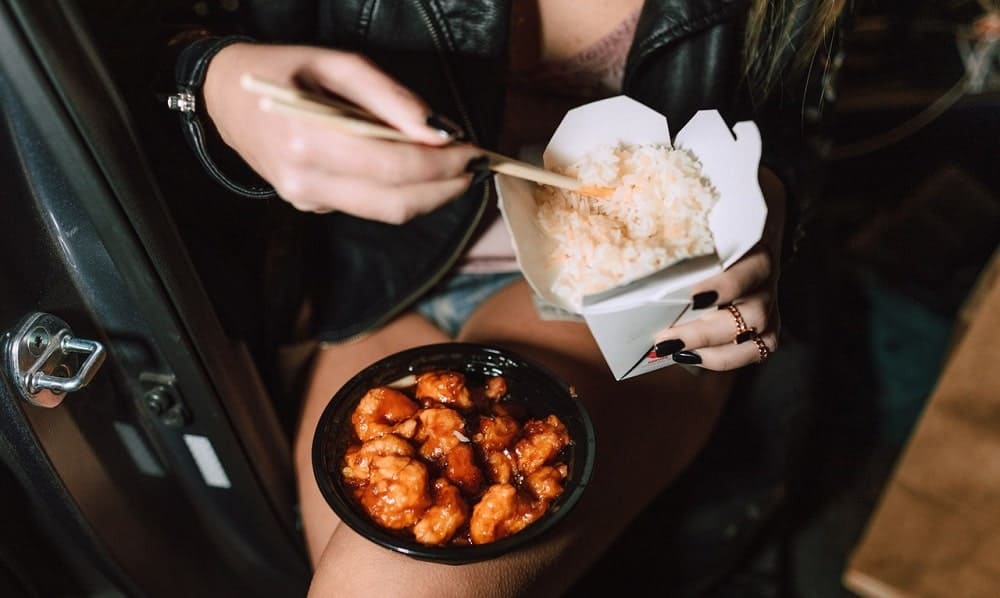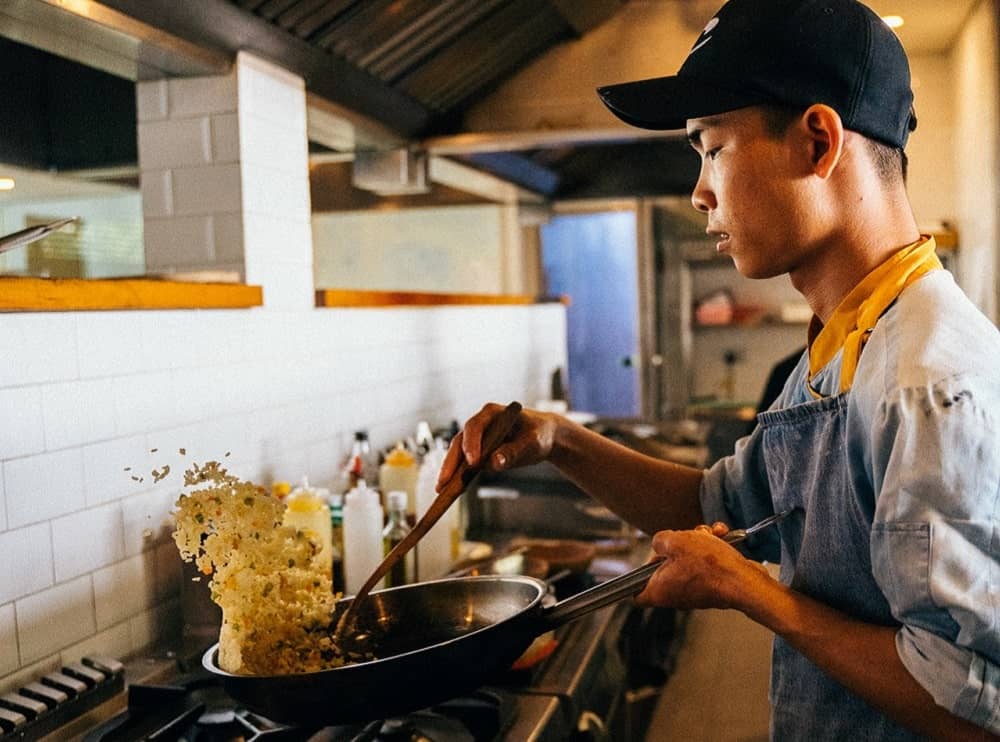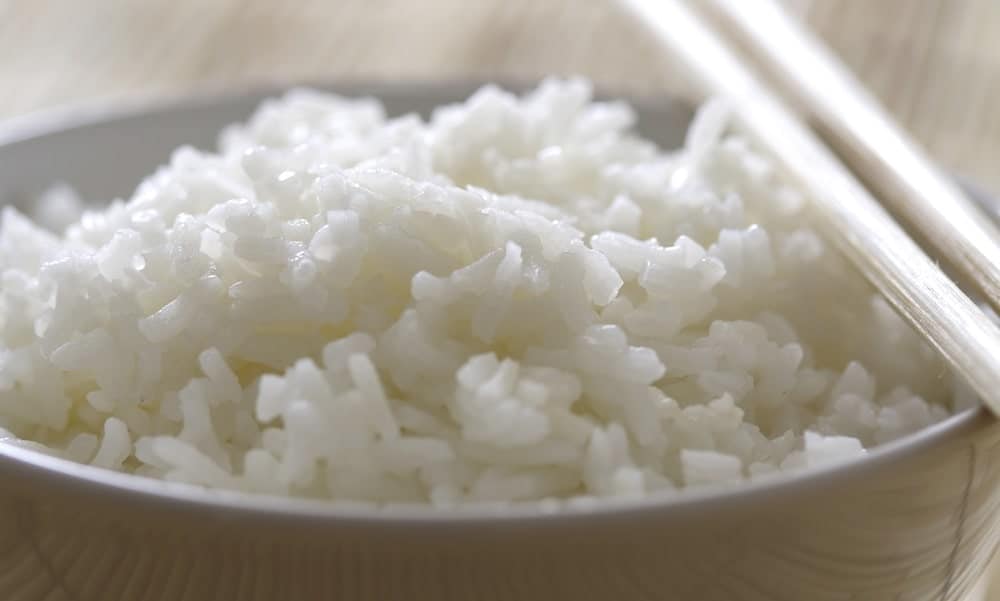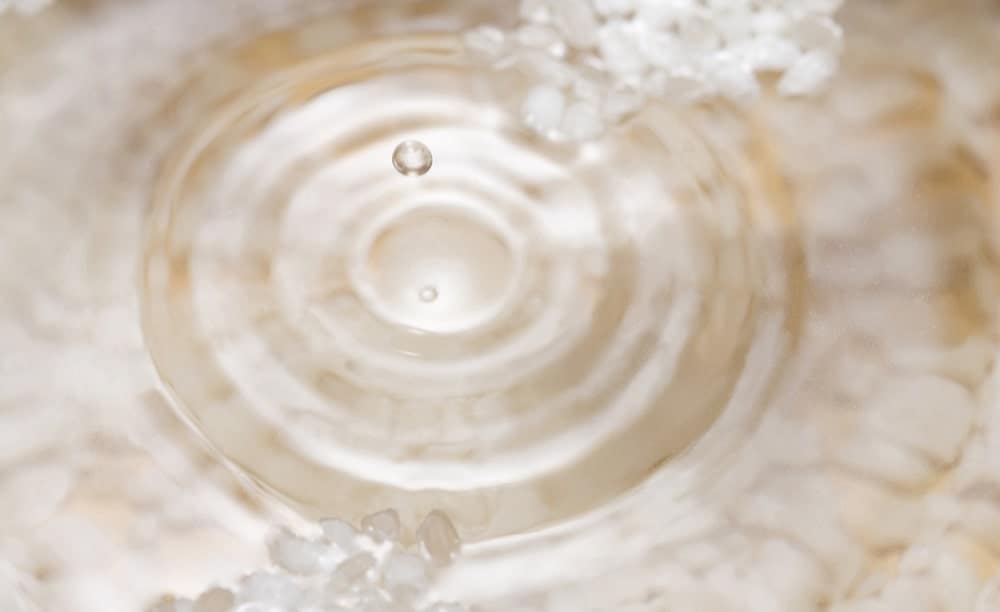When you think of rice, you are probably thinking of white rice – the one that is fluffy, usually medium grain, and is a staple of Asian cuisine.
Technically, you are not wrong. This is “the rice.”
But as you must already know, numerous types of rice are available on the market. There’s basmati rice, jasmine, brown, red, and all the colors in between. White rice is just one of the many flavors in the rice variety.
But speaking from a nutritional standpoint, are there even differences between all these types of rice?
Well, yes. Definitely.
Each type of rice will have its own characteristics, each with different usage, depending on the dish you prepare.
In this article, we’re going to look into two of the most popular white rice varieties available.
Why is White Rice Popular?
The most obvious reason is that it’s cheaper.

Colored rice (ones that aren’t that refined) costs a lot more and tends to spoil a little bit faster. This is because they retain most of the fiber and macronutrients, which means that they are healthier than white rice.
However, that doesn’t mean white rice is bad for you. If you consume in moderation, white rice is alright. It’s not any worse or better than pasta.
Another reason for its popularity is its versatility. You can use white rice for all kinds of dishes. It’s hard to mess up and can go with any dish. It can soak up sauces and flavors quite easily, making it quite the all-purpose choice.
Personally, if I can only pick up one type of rice, I would go with the white kind even if it’s a little less healthy. It’s just that good.
Calrose Rice – The White Rice of Choice For Many
Calrose rice is a medium-grain rice variety. What this means is it becomes slightly soft and sticky once cooked. The rule of thumb is – the shorter the grain, the stickier the rice.
The perfect balance between the stickiness and softness makes it probably the most versatile type of rice available commercially. No wonder it’s the go-to choice for many consumers.
If you have white rice at home, chances are, it’s like the Calrose variety or something closer to it.
Where Does Calrose Rice Come From?
Take note that this article is based around North America, which means that most of the products here are local to the USA. You may have never heard of Calrose until this article. But you probably have a kind of rice that is very similar to Calrose rice.

That being said, Calrose rice was developed at the RES (Rice Experiment Station) in California. It’s referred to as the original rice grain of California. It was released to California growers during 1948 and quickly grew to be the most popular rice variety in the state.
In fact, up to 90% of all rice produced in California is of the Calrose variety.
What Dishes Could Calrose Be Used In?
Since Calrose is of the medium-grain rice variety, it’s sticky and soft, meaning that it’s ideal to use in dishes that need it to hold up.
It’s great for sushi, salads, and any dishes that have flavorful sauces. Calrose has a pretty mild taste so any sauces would have no problem sticking to it.
Jasmine Rice – The Go-To Long-Grain Rice
Jasmine rice is yet another ‘white’ rice that is always popular. It’s the rice of choice in South East Asia where any dish is almost always accompanied with rice, so you just know that it is a delightful rice variety.

You will know it is Jasmine rice from the aroma. Uncooked Jasmine rice has a faint aroma that smells so good, almost perfumey. It’s subtle but it’s there.
The aroma stays even once the rice is cooked. It has a huge effect on how palatable the rice is. As standalone cooked rice, the majority of people would prefer Jasmine over Calrose, but you rarely ever eat rice alone.
What to Pair Jasmine Rice With?
Most Thai and Vietnamese food would pair great with Jasmine Rice. In fact, most Southeast Asian food would taste great coupled with Jasmine rice.
The secret to Jasmine Rice’s pairability is that it can absorb sauces, herbs, and spices quite easily. Thai food is known for its lovely use of herbs and spices. The subtle aroma of Jasmine fills their dishes perfectly.
How to Cook Jasmine Rice The Perfect Way?
Cooking Jasmine rice is almost the same as cooking any other rice. The only difference is the water it needs. Jasmine rice isn’t as ‘thirsty’ as other rice varieties.

For instance, Calrose rice would need 1 1/3 cup of water per cup of rice. It’s a sticky type of rice, so extra water is preferred.
Jasmine rice, on the other hand, would only need 1 ¼ cup of water per cup of rice. It might not be that big of a difference but it’s big enough to notice.
Jasmine rice is longer and softer than most white rice varieties. It can be considered relatively dry but nothing that an extra sauce wouldn’t fix.
Difference Between Calrose and Jasmine Rice
In terms of calories, Calrose and Jasmine rice are comparable, with Jasmine having a slightly higher 171 calories vs 160 calories for the same amount which is 100 grams.
The same goes for their nutrients. Jasmine has more fats but has basically the same amount of carbs and protein.
Both Calrose and Jasmine are white rice. This means that they are both refined and are generally less healthy than their whole-grain counterparts. What this means is they both have a similar glycemic index of about 70 – 83 which is considered pretty high.
For reference, long-grain brown rice only has 54 GI.
Do You Need to Rinse Rice?
In truth, this isn’t a yes or no question. I know it’s a cop-out answer, but it really depends.

For the most part, it would be okay to not rinse rice. You would barely notice a difference between rinsed and unrinsed rice. Maybe unrinsed will be a little bit stickier but that’s it.
It all boils down to your preference. Rinsing was introduced as part of the rice cooking process way back in ancient times when rice was milled in dirt farms. Today, rice is milled in factories that have passed safety regulations.
But then again, rice rinsing has become such a part of rice cooking, particularly in Asian culture that you would be laughed upon had you failed to do it.
If you plan on uploading your rice cooking method online, I suggest you rinse it. Otherwise, it really depends on you.
As for me, I like my rice a little bit sticky so I’m a non-rinser.

